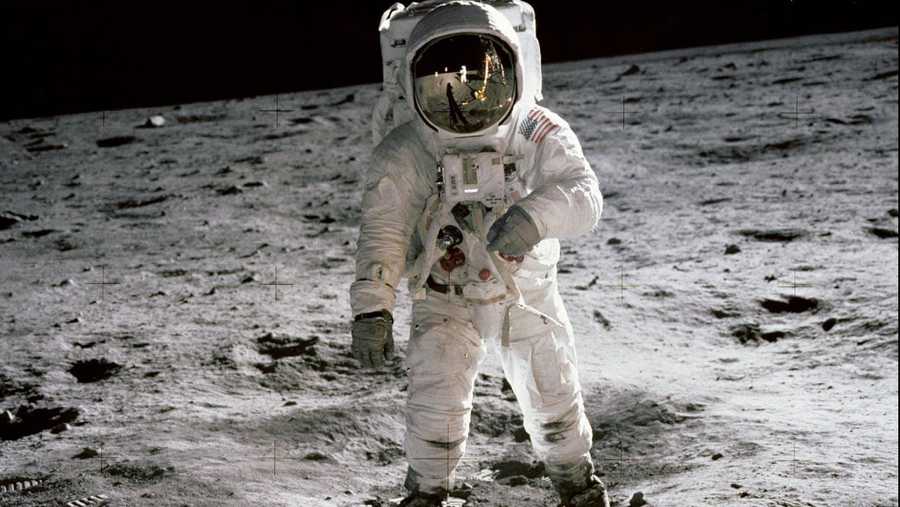It’s a familiar organizational leadership story.
A well-intentioned leader reads a report on the researched power of purpose or sees a competitor doing it. He or she brings a group together to craft a purpose statement that is timeless, human-centered, far-reaching, and grand.
The leader then “communicates” this purpose internally and externally hoping to inspire a sense of meaningfulness or raise the public image of the organization.
The problem?
Research finds the precise psychological components (timeless, far-reaching, other-centered, and grand) that make a higher purpose inspiring can leave employees unable to see how their daily time-constrained tasks connect with it.
While employees may feel that the higher purpose is significant and meaningful, research finds when ideals exist outside the context of peoples’ current realities, they can sense it to be disconnected from their lives.
The result can be de-motivating.
In a compelling study on how NASA’s leaders instilled a higher purpose among workers as they sought to put humans on the moon, Wharton School professor Andrew Carton found that to overcome this “trap,” leaders can strategically empower and equip employees to negotiate this paradox.
Specifically, Carton found that the leaders at NASA exhibited four critical behaviors that connected people and purpose.
4 Ways to Connect People and Purpose
1. Simplify and focus on one “ultimate aspiration.”
Carton found that before the push to land on the moon, NASA had three big aspirations: improve space technology, advance science, and be the preeminent nation in space exploration. One of the first things John F. Kennedy did was focus the agency on just one of these aspirations, the ultimate aspiration: To advance science.
Simplifying aspirations and identifying one ultimate aspiration, or purpose, can be the starting point to fostering organization-wide focus.
2. Shift attention from the purpose to objectives.
Next, Carton found that Kennedy directed attention from the ultimate aspiration to “concrete objectives.” Namely, the agency would advance science by first landing on the moon before 1970. Because this specific, yet still large objective, was now time-constrained it more readily connected to people’s conceptualizations of daily work.
Creating a time-constrained objective that sits directly on the path to achieving the ultimate aspiration can bring purpose into practice.
3. Set the pathway: Communicate milestones.
With this objective top-of-mind for employees, the agency’s leadership set specific milestones. They showed people clearly how they would know if they were on track to land on the moon before 1970. They created a series of milestones called the “ladder to the moon” from which employees could see and therefore connect their work directly to the concrete objective.
Research on job design calls this “task identity” – the ability to see how a small task completes a bigger project.
Task identity has been found to increase employees’ sense of meaningfulness.
4. Repeatedly attach the lofty purpose to concrete objectives.
Finally, and coming full circle, Kennedy repeatedly linked the concrete objective of landing on the moon to the ultimate aspiration: To advance science.
Carton found this rhetoric affixed employees’ efforts to the ultimate aspiration. They could clearly connect milestones to an objective, and that objective to the ultimate purpose of NASA.
They weren’t just part of something bigger, they could see exactly how they were part of something bigger.
“I’m Putting a Man on The Moon”
The findings of Carton’s study makes the legend of the NASA janitor more practical and believable:
As the legend goes, as Kennedy was touring the space center ahead of one of his speeches he bumped into a janitor.
He introduced himself, and asked, “What do you do here?”
“Mr. President,” the janitor replied, “I’m putting a man on the moon.” The janitor returned to mopping the floors.
Both the work to instill a purpose and its positive effects come long after stating it.
It takes strategic effort to connect employees’ everyday realities to the ultimate aspiration, the bigger purpose of an organization. But when done well, it can be transformational.
Zach Mercurio, Ph.D. is a purposeful leadership and meaningful work researcher, strategist, speaker, and bestselling author of “The Invisible Leader: Transform Your Life, Work, and Organization with the Power of Authentic Purpose.”
He writes a monthly newsletter on purpose and meaning in work and life; subscribe here.

2 thoughts on “4 Lessons on Connecting People to Purpose From NASA’s Moon Landing”